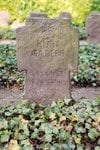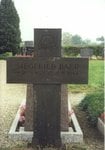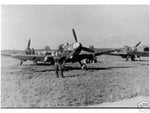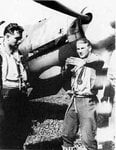Erich
the old Sage
yes like many in the defnce of the Reich. A younf flugzeugfuhrer of JG 301 KIA on the same day as my cousin Siegfried Baer and from the same Geschwader. this pics as others will be in a future book on JG 301.....
I share these with you, this of Gabler and the enxt pic will be of my cousin, note the difference in materials. both cross's and both remembered .........
I share these with you, this of Gabler and the enxt pic will be of my cousin, note the difference in materials. both cross's and both remembered .........






